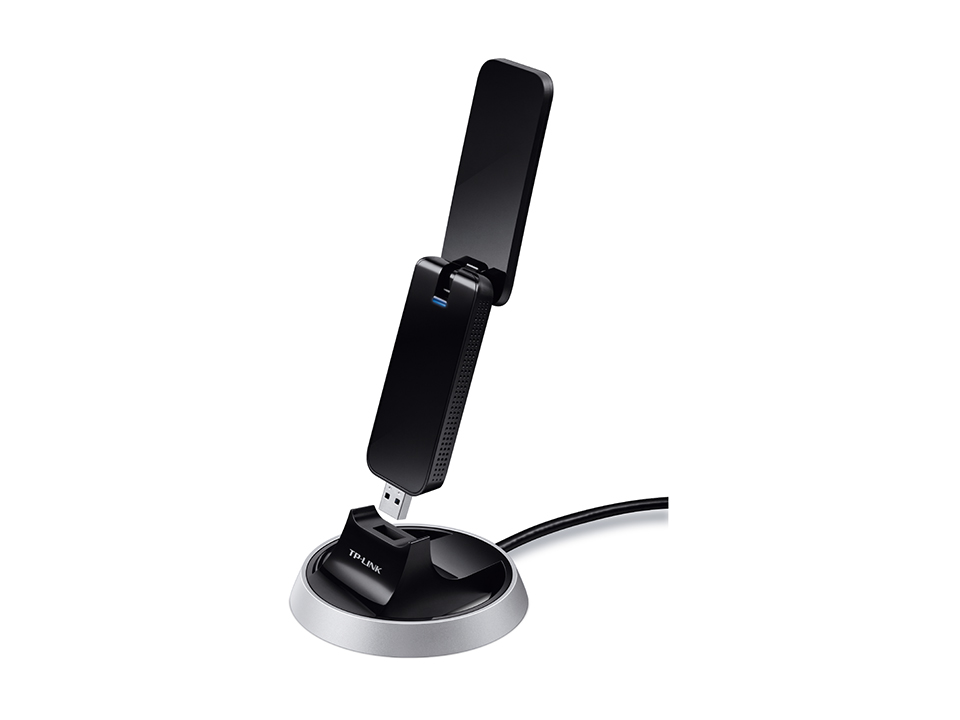Wake on LAN


WOL (Wake On Local Area Network) allows a computer to be awakened from Sleep, Hibernate, or Shut Down power states from another device on the same network by sending a set of specially formatted network packets (Magic Packet) containing the PC’s MAC address.
Whether TP-Link adapters support WOL
- The TP-Link PCI-E adapters, like the wired adapter TX401 and wireless adapter Archer TX75E, all support WOL.
- For USB adapters, like Archer T2U/UE300, when the host PC is in certain power states(like Shut-Down state), the USB port will be disabled and has no power so the adapter would no longer receive the Magic Packets, then the host PC could no longer be awakened. But when the PC is in Sleep Mode, the USB port will still get power, and the Magic Packets could be properly forwarded.
How to enable WOL on Windows Computer
1. Enabled WOL on BIOS
WOL must be enabled in both the basic input/output system (BIOS). For now, most motherboards are supported. If your motherboard is particularly old, you will need to consult your computer’s documentation about loading your BIOS.
2.Enalbe WOL on the Network adapter.
- Press Windows
 +" X" to bring up the hidden quick access menu and navigate to "Device Manager".
+" X" to bring up the hidden quick access menu and navigate to "Device Manager". - Expand “Network adapters”, right-click it, and select “Properties”.

- Select “Power Management” and check off all three boxes shown below.

- Select the "Advanced" tab, scroll down in the "Property" box, select "Wake on Magic Packet", ensure it is enabled in the Value list box, and click OK.

How to wake up the Windows computer on a remote device

1. Enable WOL on the Windows computer according to the above steps.
2. Download WOL Utility on a remote device, like Wake-on-LAN. (Here we use a smartphone for example.)
3. Have the MAC address ready for the Windows computer that you would like to wake up


4. (Optional) If the remote device is not on the Local Area Network, for example when you are abroad, you need to wake up the Home PC to check some information, then additional settings on the Home router need to be configured.

Wake on WAN will be a perfect function for devices that have an active involvement in the network, for example, servers of any type that require remote administration. It will also be quite useful for starting NAS (Network Attached Storage) and other devices that in general perform a function with which we must interact remotely.
Router Configuration for WOW (Here we use TP-Link router as an example)
1. Set IP & MAC Binding for the LAN computer
How to configure IP&MAC Binding Wi-Fi Routers
2. Open ports on the Home router for the LAN computer
Port forwarding: how to set up a virtual server on TP-Link wireless router
3. Find the Internet IP address on the router that you could discover on the router status page.
- If the internet IP on the router changes frequently, it is suggested to set up DDNS on the router
How to set up TP-LINK DDNS on TP-Link Wireless Router
Troubleshooting Wake-on-LAN
If the computer is not waking up, there might be a couple of reasons.
1. Abnormal shutdown, like a power outage, may cause a wake-up failure. So please make sure the PC has been properly powered up.
2. WOL has not been enabled on BIOS.

3. Fast Startup, a hybrid state first introduced in Windows 8, might interfere with Wake On LAN.
Please refer to the following steps to disable it:
- Open the "Power Options" item in the control panel.

- Click "Choose what the power buttons do".

- Click "Change settings that are currently unavailable".

- Disable "Turn on fast startup(recommend)", then click Save changes.

4. Deep Sleep Mode needs to be disabled on some models, like OptiPlex 7040, OptiPlex 7070, and Dell Precision Tower 3620.

5. (For Wake on WAN only) The current internet IP address is private.
You could go to https://whatismyipaddress.com/ to find the external IP (public IP) of the network. If it is not the same as the Internet IP on the Home router status page, your internet service provider might use CG-NAT service. Please reach your internet provider to see whether they could provide a public IP address.
